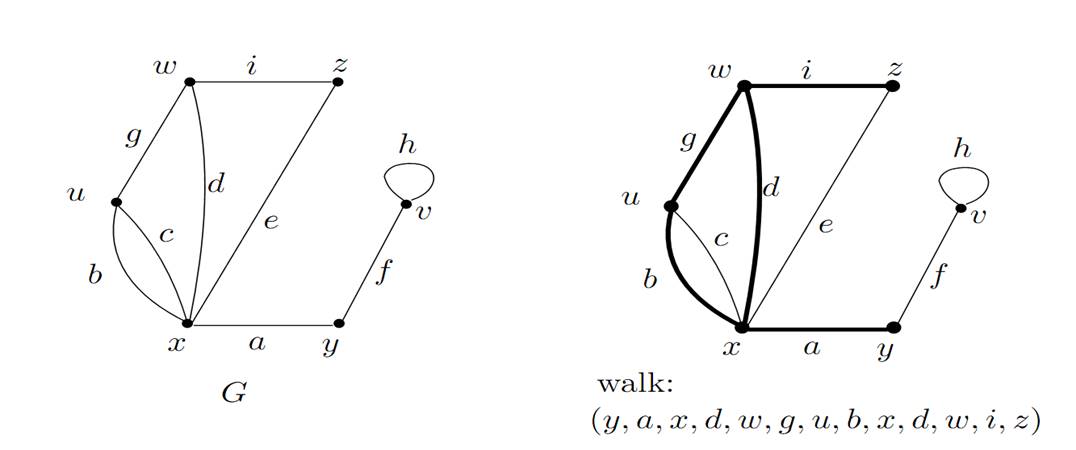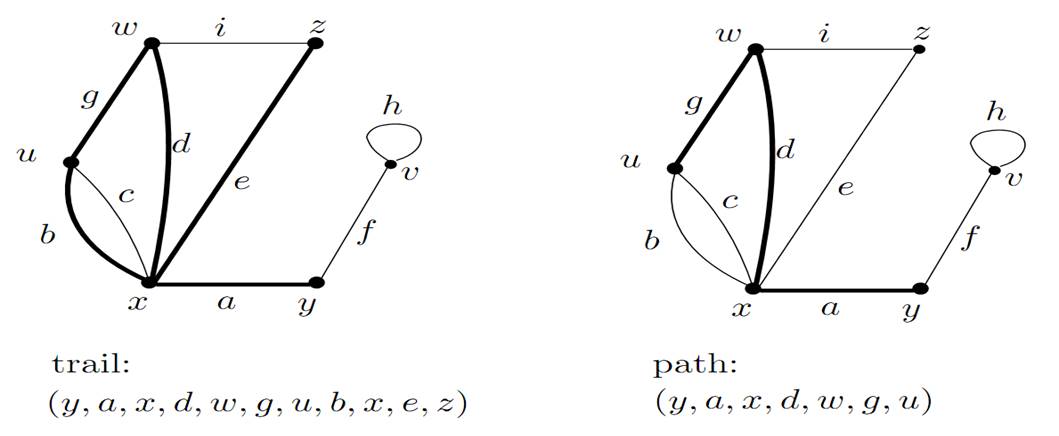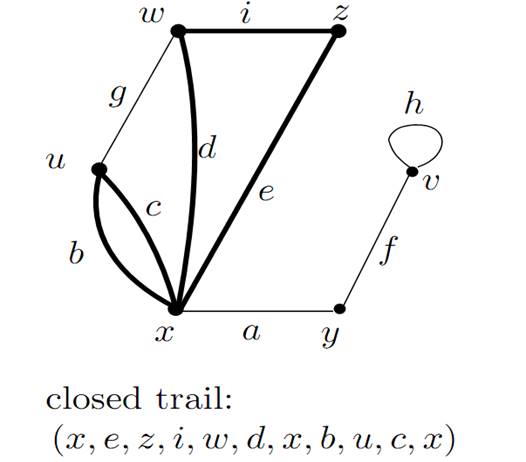

تاريخ الرياضيات

الاعداد و نظريتها

تاريخ التحليل

تار يخ الجبر

الهندسة و التبلوجي


الرياضيات في الحضارات المختلفة

العربية

اليونانية

البابلية

الصينية

المايا

المصرية

الهندية


الرياضيات المتقطعة

المنطق

اسس الرياضيات

فلسفة الرياضيات

مواضيع عامة في المنطق


الجبر

الجبر الخطي

الجبر المجرد

الجبر البولياني

مواضيع عامة في الجبر

الضبابية

نظرية المجموعات

نظرية الزمر

نظرية الحلقات والحقول

نظرية الاعداد

نظرية الفئات

حساب المتجهات

المتتاليات-المتسلسلات

المصفوفات و نظريتها

المثلثات


الهندسة

الهندسة المستوية

الهندسة غير المستوية

مواضيع عامة في الهندسة

التفاضل و التكامل


المعادلات التفاضلية و التكاملية

معادلات تفاضلية

معادلات تكاملية

مواضيع عامة في المعادلات


التحليل

التحليل العددي

التحليل العقدي

التحليل الدالي

مواضيع عامة في التحليل

التحليل الحقيقي

التبلوجيا

نظرية الالعاب

الاحتمالات و الاحصاء

نظرية التحكم

بحوث العمليات

نظرية الكم

الشفرات

الرياضيات التطبيقية

نظريات ومبرهنات


علماء الرياضيات

500AD

500-1499

1000to1499

1500to1599

1600to1649

1650to1699

1700to1749

1750to1779

1780to1799

1800to1819

1820to1829

1830to1839

1840to1849

1850to1859

1860to1864

1865to1869

1870to1874

1875to1879

1880to1884

1885to1889

1890to1894

1895to1899

1900to1904

1905to1909

1910to1914

1915to1919

1920to1924

1925to1929

1930to1939

1940to the present

علماء الرياضيات

الرياضيات في العلوم الاخرى

بحوث و اطاريح جامعية

هل تعلم

طرائق التدريس

الرياضيات العامة

نظرية البيان
paths
المؤلف:
Jean-Claude Fournier
المصدر:
Graph Theory and Applications
الجزء والصفحة:
29-31
6-8-2016
2335
path
A walk of a graph G =(X,E) is a sequence of the form:

where k is an integer ≥ 0, xi are vertices of G, and ei are edges of G such that for i =0,...,k − 1, xi and xi+1 are the end vertices of ei+1. The vertices x0 and xk are the ends of the walk, and we say that they are linked by the walk. The integer k is the length of the walk. A walk may have zero length. It is then reduced to a sequence containing only one vertex. When G is a simple graph, a walk may be simply defined by the sequence (x0,x1,...,xk)of its
vertices. A sub walk of a walk is a walk defined as a subsequence between two vertices of the sequence defining the walk being considered.
A walk is called a trail if its edges ei, for i =1,...,k are all distinct. Wesay that the walk does not go twice through the same edge.



A walk is called a path if its vertices xi, for i =0, 1,...,k are pairwise distinct. It should be noted that a path is necessarily a trail.
The following result is often useful for reasonings where walks are concerned.
Lemma 1.1.
In a graph, if two vertices are connected by a walk then theyare connected by a path.
proof.Given a walk linking the vertices x and x/of a graph G and in which one vertex appears twice:

where xi = xj with 0 ≤ i<j ≤ k. The walk can be shortened by removing the subsequence (sub walk) between xi and xj , which gives a new walk still linking x and x/ .

By repeating this shortening process as long as there is a vertex that can befound twice in the walk, that is as long as the walk is not a path, we end up obtaining a path linking the vertices x and x/ .
Introduction to Graph Theory Second Edition, Douglas B. West , Indian Reprint, 2002,page(19)
Graph Theory and Applications ,Jean-Claude Fournier,WILEY,page(29-31)
 الاكثر قراءة في نظرية البيان
الاكثر قراءة في نظرية البيان
 اخر الاخبار
اخر الاخبار
اخبار العتبة العباسية المقدسة

الآخبار الصحية















 قسم الشؤون الفكرية يصدر كتاباً يوثق تاريخ السدانة في العتبة العباسية المقدسة
قسم الشؤون الفكرية يصدر كتاباً يوثق تاريخ السدانة في العتبة العباسية المقدسة "المهمة".. إصدار قصصي يوثّق القصص الفائزة في مسابقة فتوى الدفاع المقدسة للقصة القصيرة
"المهمة".. إصدار قصصي يوثّق القصص الفائزة في مسابقة فتوى الدفاع المقدسة للقصة القصيرة (نوافذ).. إصدار أدبي يوثق القصص الفائزة في مسابقة الإمام العسكري (عليه السلام)
(نوافذ).. إصدار أدبي يوثق القصص الفائزة في مسابقة الإمام العسكري (عليه السلام)


















